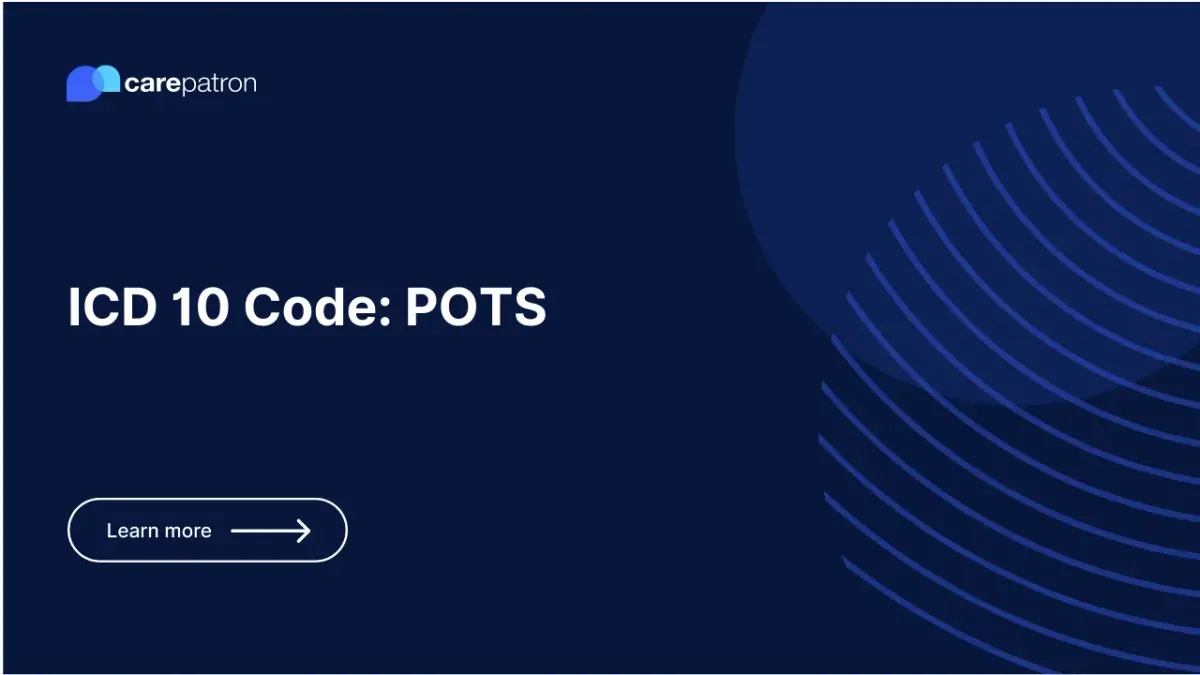
Commonly asked questions
No. This is the lone one.
The Tilt Table Test is the main way to check for it. Professionals may also conduct other examinations, like urine tests, skin nerve biopsy, and echocardiograms.
Professionals will recommend exercises for cardiac rehab. Even dietary plans can be created, and these will focus on fluid intake and sufficient salt intake. Medicine may also be prescribed, such as fludrocortisone and pyridostigmine.
EHR and practice management software
Get started for free
*No credit card required
Free
$0/usd
Unlimited clients
Telehealth
1GB of storage
Client portal text
Automated billing and online payments
